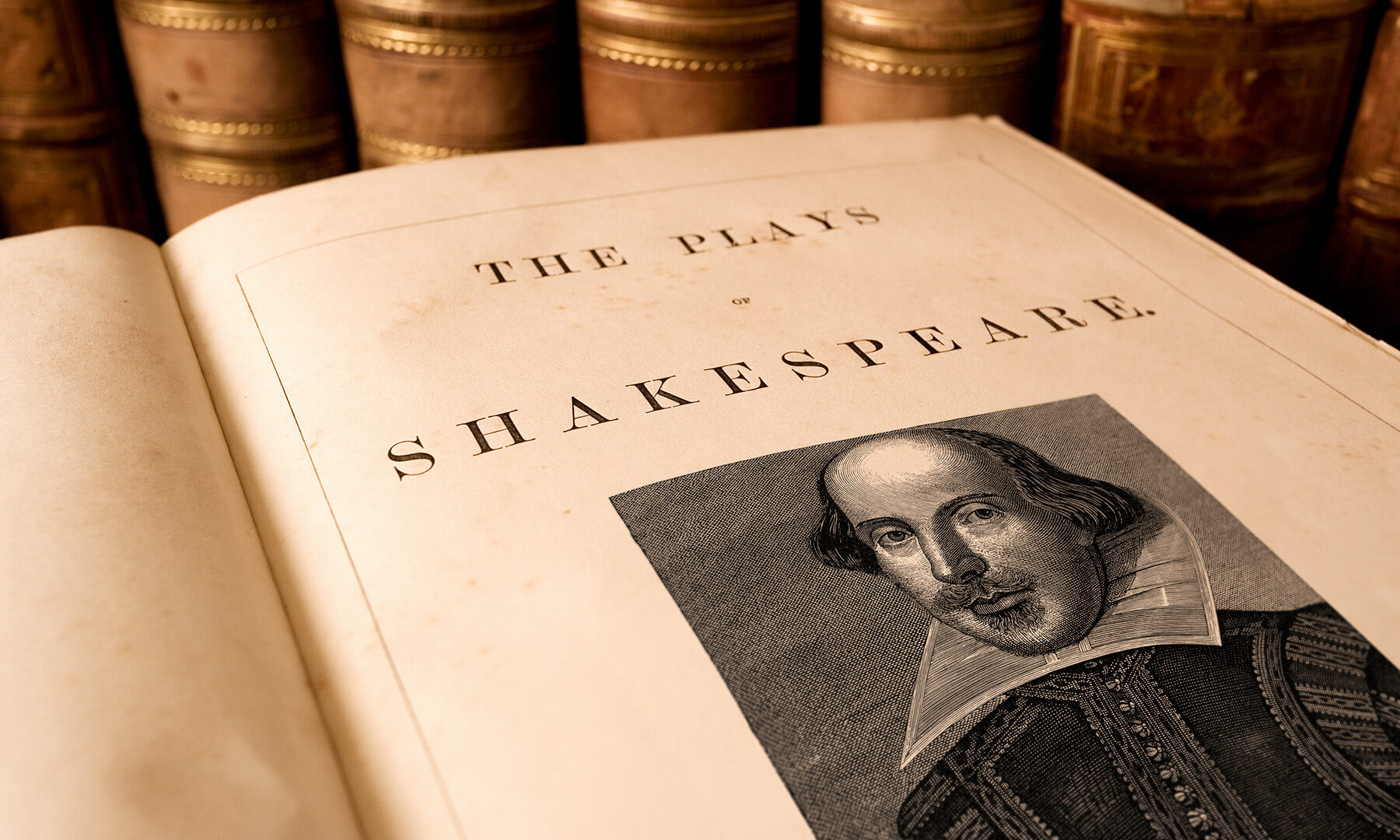News & Events

Guest Author
We all faced it at school: dealing with Shakespeare’s mysterious “metre”, and the brain-scrambling term “iambic pentameter” (yes, apparently those are real words).
Iambic pentameter means a line of poetry ten syllables long, made up of five iambs: a two-syllable rhythm measure, like a heartbeat, a light stress followed by a heavier stress (like “be-cause” - so the line “Because, because, because, because, because” from Wizard of Oz, is perfect iambic pentameter).
It’s a fact: Shakespeare wrote in iambic pentameter (which is pretty difficult if you’ve ever tried).
But, did anyone ever say why he did it? Why did Will make his job, and ours, that much harder? Because he could? Or because that’s what was done back then?
Most Elizabethan and Jacobean plays were written in verse, but the patterns used before Shakespeare and co. were more elaborate and artificial-sounding than iambic pentameter, which came into its own at the Curtain, Rose and Globe.
It’s a great rhythm for the stage because it falls naturally into the rhythm of spoken English (you speak it all the time, yes, really), with ten syllables forming a comfortable length for a thought. Actors speaking verse lines can sound as if the lines are not poetry at all, just really, really great expressive language.
So why not just write very expressive prose (like Will frequently does anyway) and save us all the homework? For the rich mine of acting information hidden in the meter, that’s why.
There was no rehearsal process then as it exists today. Yet all actors need to know what makes their character tick, how they think and feel, and it turns out metre is a brilliant shorthand for a playwright’s acting notes.
One very useful thing about metre is that it is a recognisable rhythm, and a rhythm is much easier to memorise and recall – like that annoying song that sticks in your head. This is a huge help when you’re learning and recalling lines at very short notice – a daily occurrence for the Curtain’s actors. Also, if you lose your words mid-line, you can go back to the iambic, pick up and keep right on acting.
But the best thing about a set rhythm is the information it provides on the character. How? Well:
One. The words on the heavier beats give clues to the speaker’s opinion. This helps the actor get a feel for the character’s rhythm, and we all have our own rhythm.
Two. Suppose that a regular iambic line represents a person who is OK, content with their situation. What would a line with mixed-up metre mean? Someone unsettled, more emotional? It could do, and that can be acted.
And if a ten-syllable line is “normal”, what about one that’s eleven syllables, like “To be or not to be, that is the ques/tion?” A longer line could suggest a bigger feeling than “normal”, so more acting. And the extra little beat on the end encourages speaking with more energy and flow - as if you’re being coached by a director.
That’s pretty clever.
About the author
Lizzie Conrad Hughes is the Artistic Director of Shake-scene Shakespeare, a production company who perform Shakespeare’s classic work using cue-scripts.